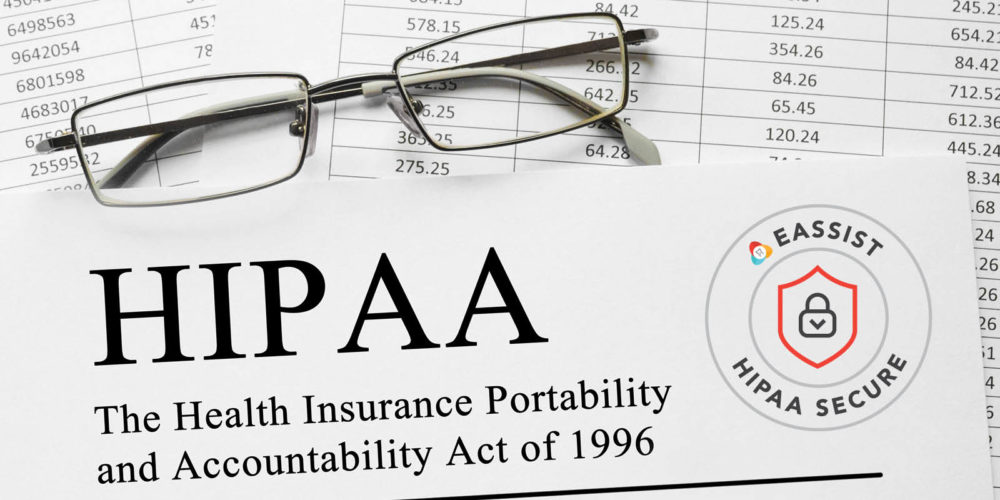ADA News Regarding Dental Insurance Plans and Embedded Medical Plans
“The Affordable Care Act extended health insurance to millions of Americans in 2014.. About 6.7 million Americans gained health insurance and 1.1 million gained stand-alone dental benefits through the health insurance marketplaces in 2014. Individuals had until Feb. 15 to meet the law’s individual mandate requirement to enroll in a health plan, facing tax penalties if they failed to do so.
More medical plans in more states include embedded dental benefits and there are more family stand-alone dental plans available than last year, according to “More Dental Benefits Options in 2015 Health Insurance Marketplaces,” by Cassandra Yarbrough, health policy researcher, Marko Vujicic, Ph.D., chief economist and vice president of HPI, and Kamyar Nasseh, Ph.D., HPI economist. In an analysis of 40 states, 35.7 percent of medical plans offered through the marketplaces have embedded pediatric or family dental benefits, an increase over 2014 when 26.8 percent of medical plans had embedded pediatric or family dental benefits.
The number of states in which none of the medical plans included embedded pediatric dental benefits declined from eight in 2014 to three in 2015. The number of states where all medical plans include pediatric dental benefits increased from two in 2014 to four in 2015, according to the research brief.
Understanding these plans is also easier in 2015 than in 2014.
“Healthcare.gov is providing consumers with more information on dental benefits options through both embedded medical plans and SADPs this year compared to 2014,” the researchers wrote. “In 2014, we had to call individual embedded medical plans to understand which dental services were covered and at what cost to the consumer. In 2015, Healthcare.gov clearly states whether a medical plan includes pediatric and/or adult dental benefits and the level of cost-sharing associated with those services.”
The research brief also points out the differences in coverage between embedded medical and stand-alone dental plans. Embedded medical plans are more likely to provide first dollar coverage for pediatric preventive services than stand-alone dental plans. First dollar coverage means the consumer does not have to meet a deductible or pay a copay or coinsurance when they receive treatment.
“Without first dollar coverage, some consumers may be unable to afford the costs associated with preventive services,” according to the research brief. “This lack of first dollar coverage, despite pediatric dental services being part of the essential health benefits package, may have to be addressed.”
HPI is pursuing further analysis on this issue. “
For the average dental practice, more patients using dental insurance plans means more volume in claims. Understanding how to bill for services when the plan is a medical embedded plan takes more filing skills and that is where eAssist workers excel.






0 Comments